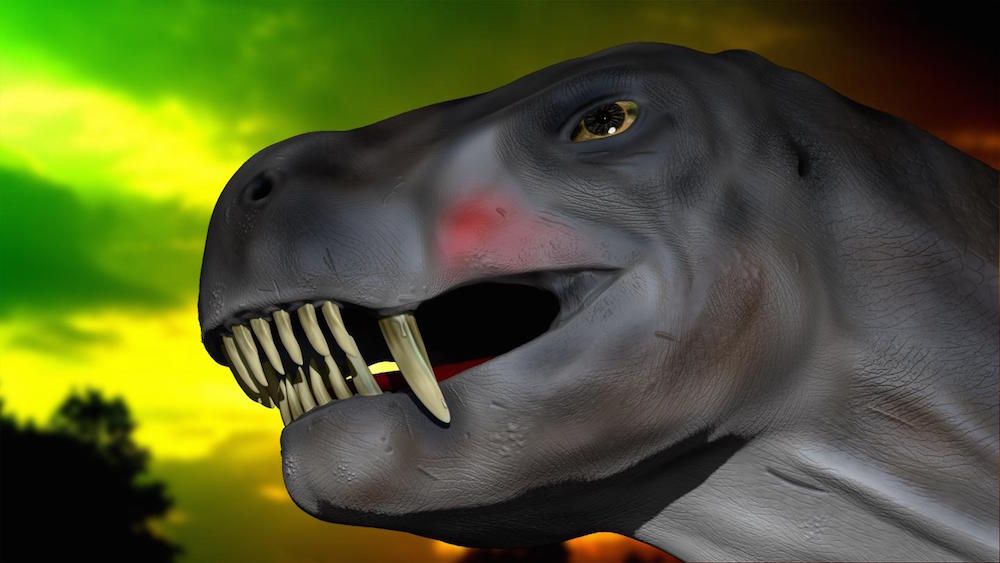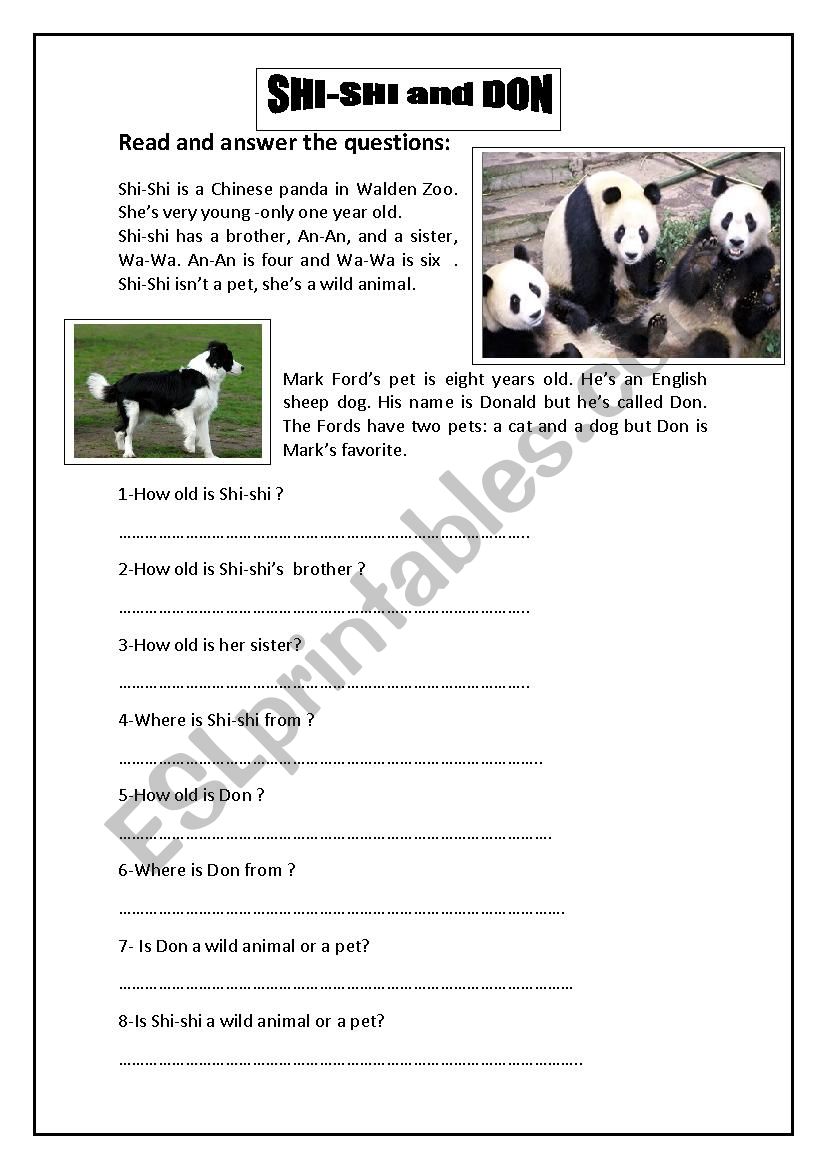
Eruption times and wear of the teeth are the major factors used to estimate bovine age. Using Teeth to Age CattleĬattle dentition is generally used as an indicator of age when actual birthdates are not available. The difference in tooth size and shape and jaw width (and size) can be appreciated. Figure 1 compares the mandibles (lower jaws) from a young animal with deciduous incisors (black arrow) to an older animal with permanent incisors (white arrow). The crown (that part of the tooth that is covered with enamel) of the deciduous incisors are more narrow than the permanent incisors and they diverge more from the base (at the gum line) of the tooth to the apex when compared to the permanent incisors. The deciduous incisors (Di) are much smaller than the permanent incisors. Eruption Times of Permanent Teeth Teethĭeciduous (Temporary) Incisors versus Permanent Incisors The deciduous teeth are lost as the animal ages and they are replaced by the permanent teeth. At birth, calves have deciduous (temporary, milk, baby) teeth. The premolars and molars (known as cheek teeth) are found in the caudal part of the mouth and are present in the upper (maxilla) and lower (mandible) jaws. Incisor teeth are found in the rostral (front) portion of the mouth, but they are absent from the upper jaw. There are three types of teeth found in the bovine: incisors, premolars and molars. The following article has been adapted from information published by the USDA. We receive many questions on this issue and the purpose of this summary is to provide producers and industry with a better understanding. Dentition is the means of doing so and is the commonly accepted standard since BSE has become a substantial livestock-related problem. We hear the United States trying to push this line to 24 months of age.ĭifferentiating age of cattle is easily done at six-month intervals all the way to 30 months of age.


They are considering eliminating testing on animals younger than 20 months of age. We've all heard the saying "Don’t look a gift horse in the mouth!" The latest information from Japan is suggesting that the Japanese Agricultural Ministry is considering a change to their blanket testing policy on animals.


 0 kommentar(er)
0 kommentar(er)
